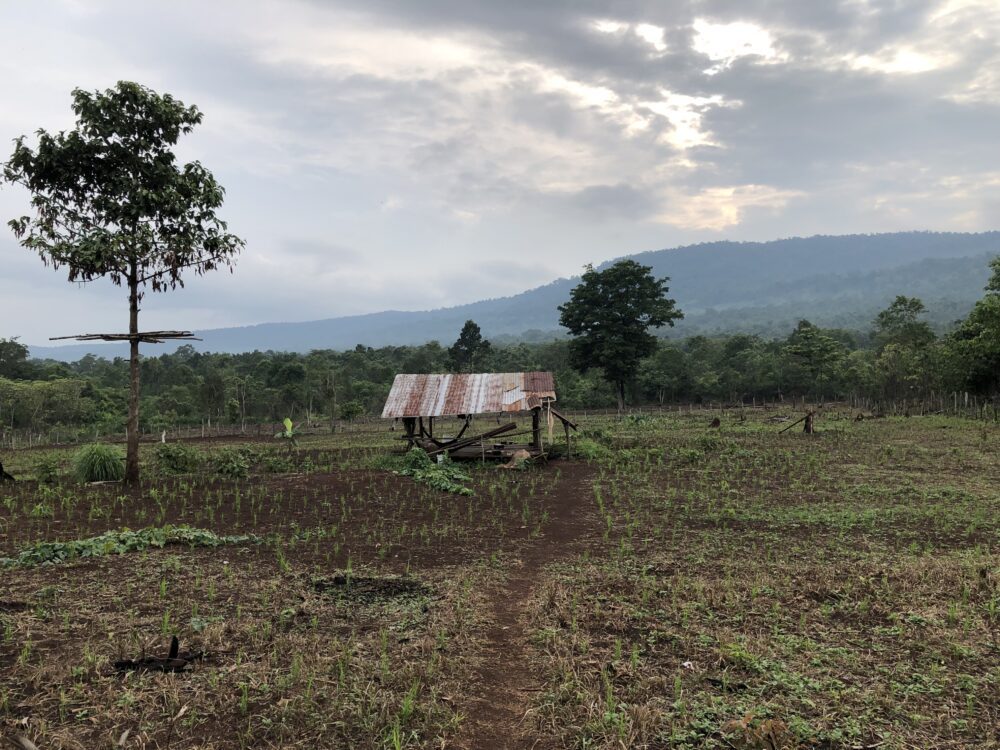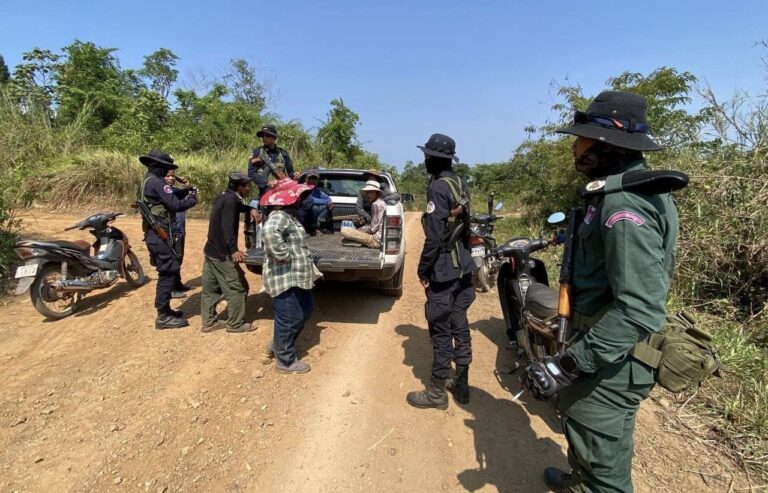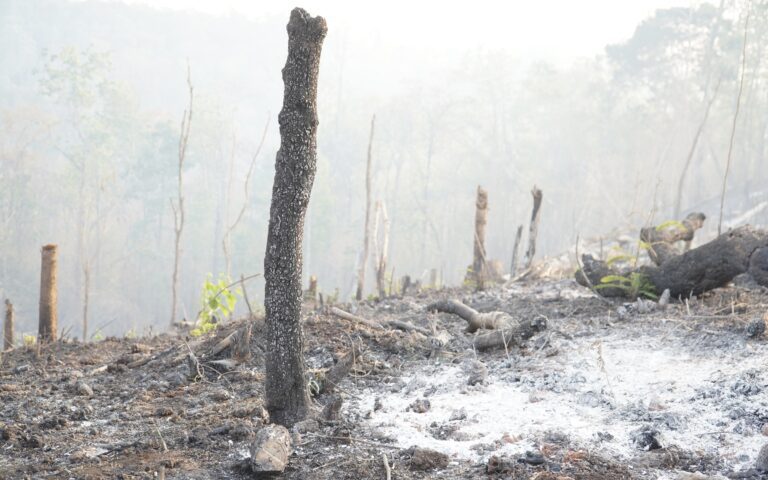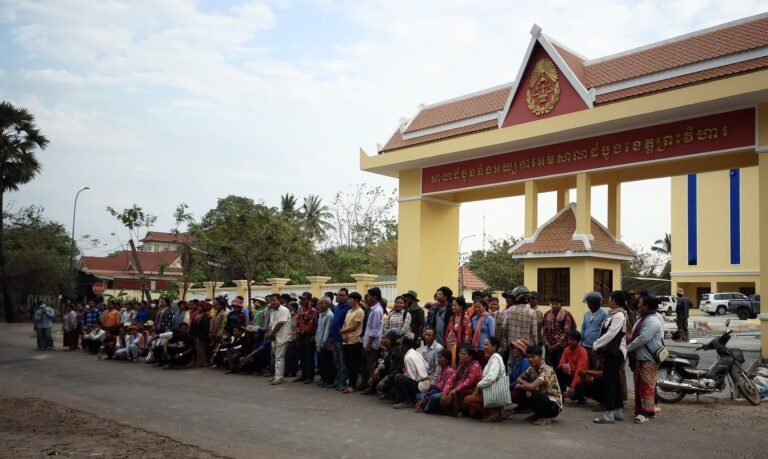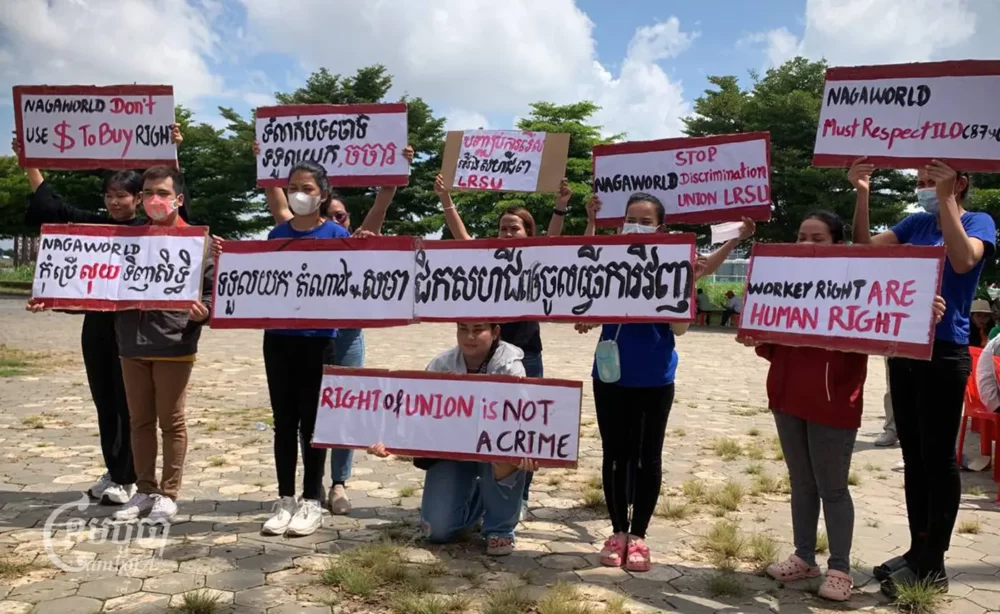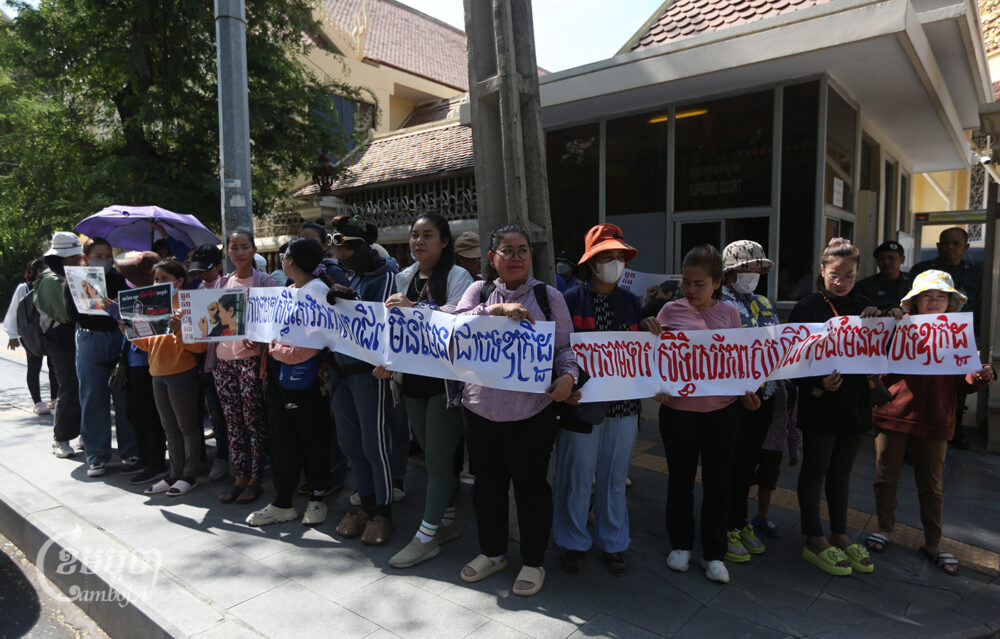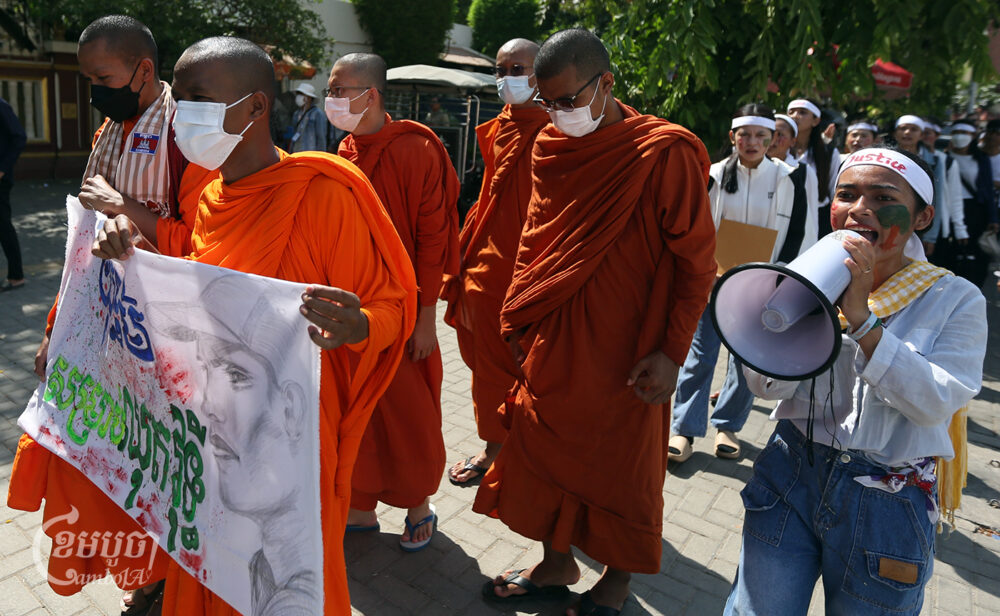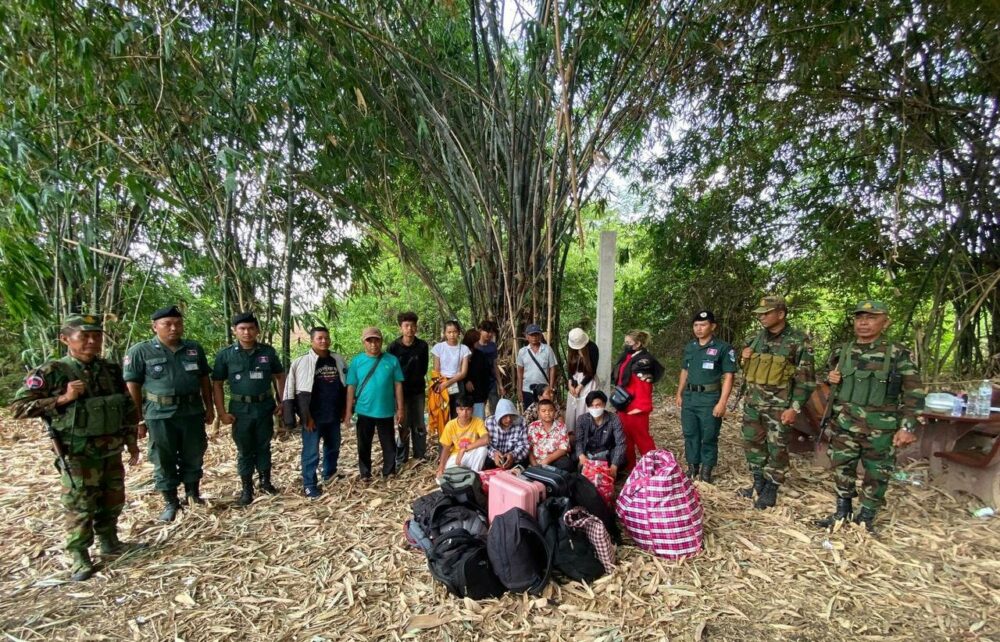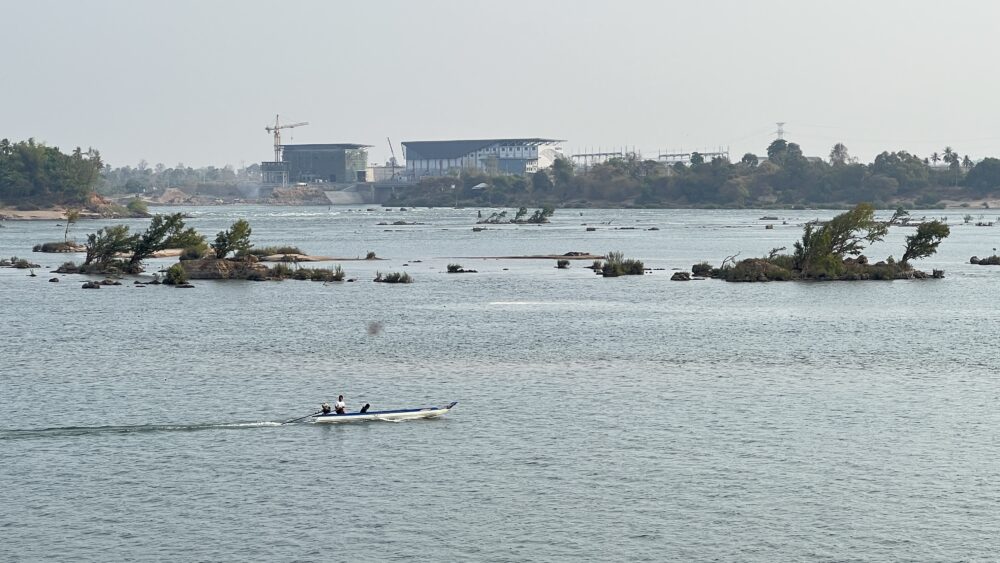The Environment and Natural Resources Code officially passed into law last month, but the term “indigenous” has been removed from key sections, leaving indigenous communities concerned that the code undermines their rights.
While previous land and environmental laws used the term “indigenous,” CamboJA did not find the term mentioned once in the 234 page code, which had been in the works since 2015. Instead, the code uses the term “local communities,” in contrast to the 2008 Law on Natural Protected Areas which clearly outlines the rights of “indigenous communities” to take part in conservation management decisions and have special access to protected areas.
“Some words can be used to make the participation of indigenous people disappear,” said Soeung Saroeun, executive director of the NGO Forum.
The code was intended to clarify the government’s role in management of natural resources, yet indigenous activists say this came at their expense.
“The establishment of this code signals the government’s backwardness in respecting and promoting the rights of indigenous peoples,” said Yun Lorang, a project coordinator of the Indigenous Peoples Alliance in Mondulkiri, who is Bunong.
Lorang pointed out that there is not a clear definition of the term “local community” in the code. Article 368, for example, states that “local communities” are encouraged to provide and receive information from the Environment Ministry about the management, protection, conservation and development of protected areas. Article 369 outlines when the state recognizes and guarantees the rights of “local communities” to use natural resources in a traditional way. Without a standard definition, these articles that reference “local communities” are unclear in who they will impact, he said.
“It makes our community worry about the right to control the use of land and natural resources,” Lorang said. “The most important thing is safety; we can face arrest when we exercise the rights stated in the land law.”
He explained that indigenous communities enter forests to harvest fruits, roots, berries and other non-timber forest products. They practice rotational crop planting, allowing certain plots of farmland to become fallow and then clearing the land again for replanting years later. Indigenous groups also enter protected areas to access spirit forests. Without recognition of their land use rights, they could be arrested for illegally clearing forests or entering protected areas, which occurred earlier this year in Areng Valley.
While Article 28 of the 2001 Land Law stipulates that only indigenous peoples have the right to occupy and manage the traditional property in their communities, the new code’s Article 369 appears to expand access to those resources to the “local community,” which could include newcomers who have grabbed or encroached on indigenous customary lands.
Chhoem Samut, of the Kouy indigenous group in Preah Vihear’s Bramer commune, told CamboJA that “the common stance of indigenous communities is that we want to see the words ‘indigenous community’ included in this code, as it is in the 2002 Forestry Law, the 2001 Land Law and the 2008 Law on Natural Protected Areas.”
The widespread concerns about the code had been raised directly to the government by indigenous leaders as recently as May, when the Indigenous Community Network sent a letter to the National Assembly and the Environment Ministry requesting a delay in the approval of the code to allow for further input. But there was no response, Samut said.
Instead, the significant expansion of protected areas since July further shifts control of more than 750,000 hectares of land to the Environment Ministry, even as most indigenous communities still seek full legal recognition of their land rights in overlapping areas.
A November sub-decree also authorized granting individual land titles across nearly one million hectares of protected area, which conservationists and environmental activists feared would legalize land grabs and diminish indigenous land rights.
Applications for communal land titles, which recognize indigenous communities’ collective land claims including in spiritually significant forests, are typically “rejected” by the government, Lorang said.
Instead of streamlining the communal land titling process, the new code appears to emphasize dividing protected areas into different zones — keeping the land under the control of the Environment Ministry, which communities can apply to rent from the government — as opposed to issuing communal land titles that provide legal ownership directly to indigenous communities.
“We see that the will of the Environment Ministry has always wanted this land to be a protected area, not a collective land. But for indigenous people, we want it to be a collective land,” Lorang said.
Environment Ministry spokesperson Neth Pheaktra did not respond to requests for comment despite multiple phone calls and written questions received on his Telegram account.
Tensions have been flaring up in areas without clear zoning or information on whether the Environment Ministry has extended its control over community lands. Earlier this month, a primarily indigenous Kraol community in Kratie burned down an Environment Ministry ranger station after officials prevented them from using their long-standing farms following the creation of a new protected area that did not recognize their previous land claims.

The Chorng indigenous community, who live in Areng Valley, face ongoing challenges in harvesting forestry products or doing rotational farming around their villages since they were told those lands are in conservation zones, prohibiting their use.
The Kuoy representative Samut said the Environment Ministry has in the past claimed that rotational farming is a form of deforestation.
“We need to look deep. If the indigenous people were destroying the forests from the beginning, there would be no forests to protect,” he said. “But the deforestation is from outsiders [timber traders] who cut down trees for business.”
Heng Kimhong, the head of the Research and Advocacy Program at the NGO Cambodian Youth Network, said that although the use of non-timber forest products by indigenous peoples in protected areas has an environmental impact, it is miniscule compared to the granting of vast economic land concessions for industrial agriculture, often in the middle of pristine forests.
“We see some developments, especially the granting of economic and social land concessions, as taking land that could serve the public interest and instead making a loss to the local economy of indigenous communities,” he said.


